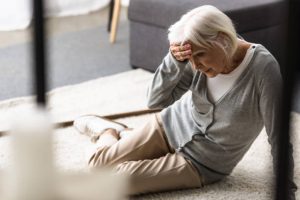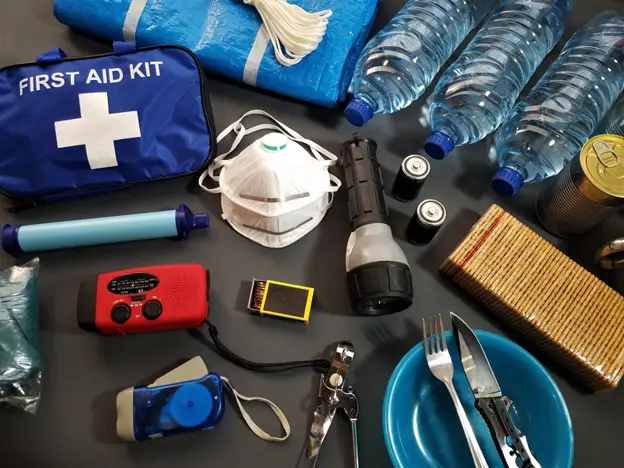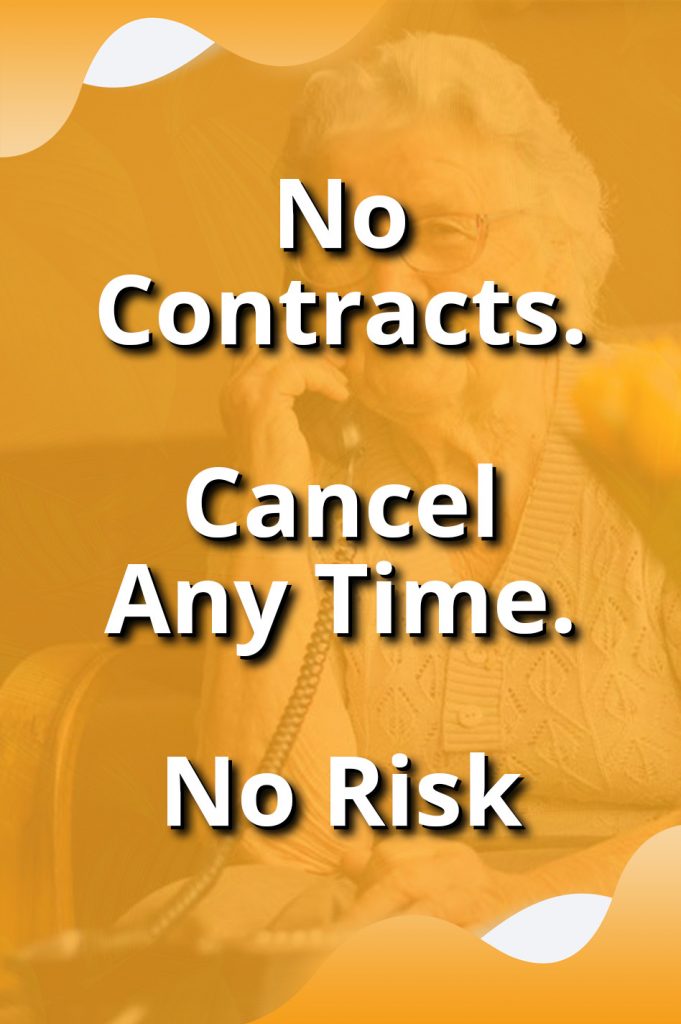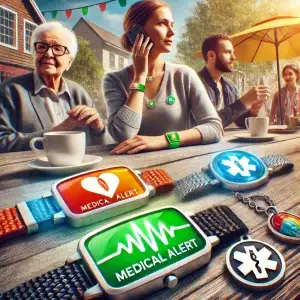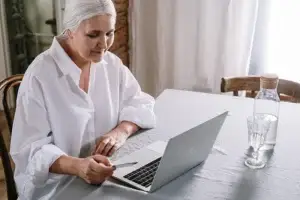Are you concerned about your family’s safety at home? Coming up with a plan to protect your property from break-ins, natural disasters, fires, and even structural issues can help ease your worries. With these ways to protect your home from danger. Care Calling Now to do a daily safety check in to make you are OK. You’ll be ready to implement a security system, get ready for different types of extreme weather, and put together a helpful first aid kit.
1. Install an Integrated Security System
First, it’s important to invest in a comprehensive, integrated security system for your home. This is especially important if you have a home-based business because you do not want your company equipment to end up at risk. You can work with a home security provider to design a customized system that will deter thieves. This system can include features that will alert you to break-ins, cause alarms to go off, and even dispatch the police or firefighters to your house if necessary.
2. Waterproof Your House
Water damage over long periods of time can wreck the structural integrity of your home and make your property an unsafe place to live. A waterproofing expert can seal your home properly so that you avoid problems with mold and flooding. You can also opt to do it yourself; visit Online Waterproofing Shop, for a wide selection of the best waterproofing materials.
3. Implement Fire Safety Strategies
There are many important things that you should do to reduce the risk of a fire in your home. Outside, clear dry grass and debris from around your house to protect the outside from fire damage. But on the inside, make sure that you have fire extinguishers in high risk places, especially the kitchen. You also need to talk together as a family to create a fire safety plan. This plan will help everyone to know how to act and where to go in the event of a fire.
4. Prepare for Natural Disasters
Consider which natural disasters are most likely to occur in your area, and then determine how you can best protect your family at home should these weather events occur. For instance, if you live in a cyclone-prone area, the Department of Fire and Emergency Services of Western Australia recommends storing bottled water and canned food, purchasing a generator, and getting window shutters and garage door braces.
5. Assemble a First Aid Kit
It’s easy to create a first aid kit for your family. You could buy a premade kit, but putting one together by yourself allows you to pick the items you really need. You’ll definitely want to include bandages and band-aids, tweezers, hot and cold packs, a thermometer, hygiene supplies, and over-the-counter medications. If you rely on any prescription medications, talk to your doctor about keeping extra on hand for your first aid kit. You can also keep copies of any necessary medical paperwork.
6. Plan for the Heat
Dealing with high temperatures at home or in the office requires a few practical strategies. Employing blinds to block out direct sunlight can significantly reduce indoor heat. Keeping air moving with fans or air conditioning helps maintain a cooler environment. Additionally, drinking plenty of water is essential to stay hydrated and ensure your body can effectively regulate its temperature.
Dehydration significantly increases the risk of falls among the elderly due to several reasons. It can cause muscle weakness and electrolyte imbalances, impair cognitive function leading to confusion and slower reaction times, and exacerbate joint pain or bone conditions that affect stability. Medications like diuretics further contribute to dehydration, amplifying these risks. Prevention involves educating seniors and caregivers about hydration, monitoring fluid intake especially in hot weather or with certain medications, and making environmental adjustments to reduce fall hazards. Timely detection of dehydration symptoms and quick medical response are crucial in preventing falls and maintaining the well-being of older adults.
7. Install Carbon Monoxide Detectors
You probably have smoke alarms set up in your home, but do you have carbon monoxide detectors? Many people don’t, but these home security items are key. Carbon monoxide is colorless, odorless, and extremely harmful to your health, so installing carbon monoxide detectors is the best way to protect your family. You should install one on each level of your home, including your basement.
Put Safety Practices into Place
Protecting your home from different threats can give you peace of mind. Investing in a safe, secure home is worth the time and effort! With these tips, you’ll be able to tackle everything from installing a security system to gathering basic first aid items.
